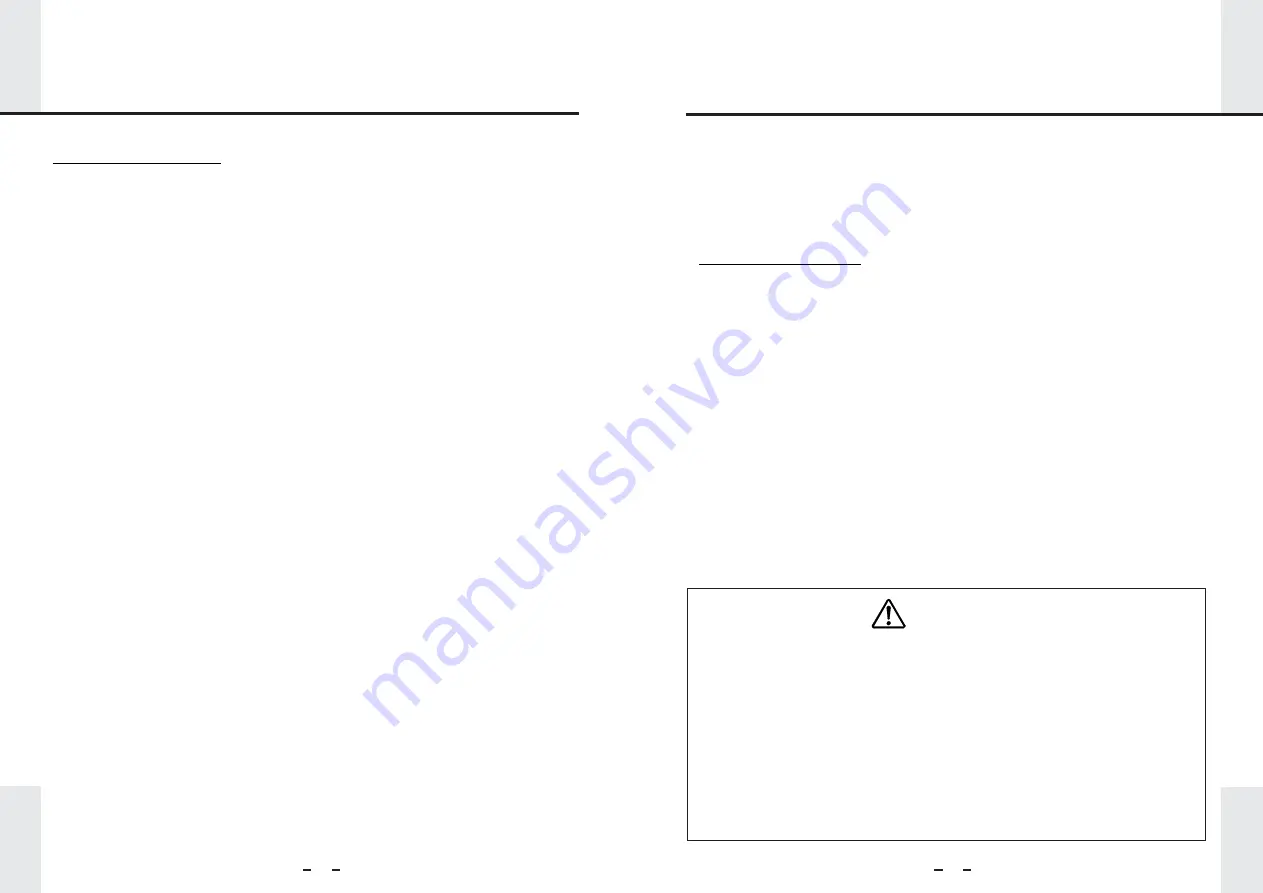
31
32
9. Operating Instructions
10. Maintenance
Instructions for Operation:
1. Only trained and professional personnel are allowed to operate the instrument.
2. It is forbidden to put flammable and explosive reagents into the instrument, and the
instrument can not be immersed in the water.
3. Fully understand the nature of the chemical and the nature of the product created from
any chemical reactions to avoid any accidents or damage on the instrument. When
shaking volatile items, please do not close the door of instrument to prevent
explosions, high pressure, liquid spray, or other dangerous actions.
4. Place the load symmetrically. Uneven or unbalanced sample loading can cause
rocking of the instrument, creating a hazard.
5. When the heating or cooling is in use, make sure the sample does not affect the
normal ventilation cycle inside the instrument.
6. Ensure the sample has been completely fixed before shaking, when restarting the
instrument check whether the sample needs to be re-fixed. When abnormal noise is
produced during shaking, reduce the speed or stop running then re-fix the sample
until the abnormality is eliminated.
7. Before running or stopping the instrument, confirm that the speed is set to minimum.
8. If the mechanical movement is unexpectedly interrupted then it may restart with no
warning.
9. Wear suitable protective equipment when operating the instrument to prevent damage
from liquid splashes, toxic or flammable gases exhausts.
10. After an unexpected interruption set the operating temperature to ambient
temperature to the maximum extent possible, avoid unnecessary burns, frostbite,
or damage to the sample.
11. Do not block the vents to ensure smooth ventilation around the instrument.
12. When CO
2
is connected, ensure the instruments CO
2
connection port is tight and the
seal has no leakage.
13. Do not switch on/off too frequently.
14. Reference this user manual for safety warning symbol explanations.
15. Please comply with the user manual when using the instrument, otherwise it may
cause the instrument to malfunction or damage the instrument.
16. Please unplug before connecting water to the water inlet, do not flood the instrument.
17. High humidity can easily lead to decreased electrical insulation and the electrical
current leakage risk increases, pay attention to electrical safety when operating under
high humidity.
18. Please make sure the air circulation is sufficient when using CO
2
. The CO
2
%
will
increase in a small confined room and can harm the operator’s health. Also, please
avoid direct inhalation of the CO
2
gas when opening the incubator door.
19. No experiment samples are allowed in the electrical and mechanical inner workings,
keep samples in the chamber.
20. Do not use excessive force when opening and closing the incubator door to prevent
the instrument from being damaged.
21. Please reduce the frequency of opening the incubator door to help maintain constant
temperature and save CO
2
.
22. After the instrument’s cooling function is used for 10 days continuously, a heating
de-humidification process is recommended. Recommendation: heat the instrument to
45 °C for half an hour.
Maintenance Instructions:
1. Do not let gasoline, oil, or any other volatile chemicals come into contact with the
outside coating of the instrument.
2. No experiment samples are allowed in the instrument’s inner workings.
3. Inspect the fastening screws on the flask clamp regularly to prevent them from dislodging.
4. Please clean the instrument regularly.
5. Do not clean the instrument with corrosive or flammable liquid and make sure these
types of liquids are kept away from the instrument.
6. Please take off the side plates at the right and back side of the instrument to clean
out dust on the condenser and fan to ensure good heat dissipation and high cooling
efficiency.
7. Only use refrigerant that is consistent with what is noted on the nameplate (on left side
wall) of the instrument, and do not fill excessively.
8. The power supply must be unplugged when machine is under maintenance.
9. Use the specified fuse and make sure to disconnect power when replacing the fuse.
10. Regularly check the screws of rotation parts and connected parts to ensure they
are fastened and tight.
11. Regularly check the light source of the instrument.
12. Regularly check the CO
2
gas inlet.
●
The refrigerant used in the instrument is flammable.
●
Ensure good ventilation of the room.
●
Do not use any mechanical means or other ways to accelerate the defrosting
process.
●
Do not use electrical appliances in the instrument except the ones our company
recommends.
●
It is forbidden to smoke, have an open flame, or use electrical appliances that
directly generate electrical sparks around the instrument.
●
When repairing the compressor or refrigeration related pipeline, please move
the instrument to an open space, do not maintain in the laboratory space.
Notice
Содержание AEOLUS IS-18A
Страница 1: ...AEOLUS Stackable Incubator Shaker...
Страница 43: ...AEOLUS Stackable Incubator Shaker...










































